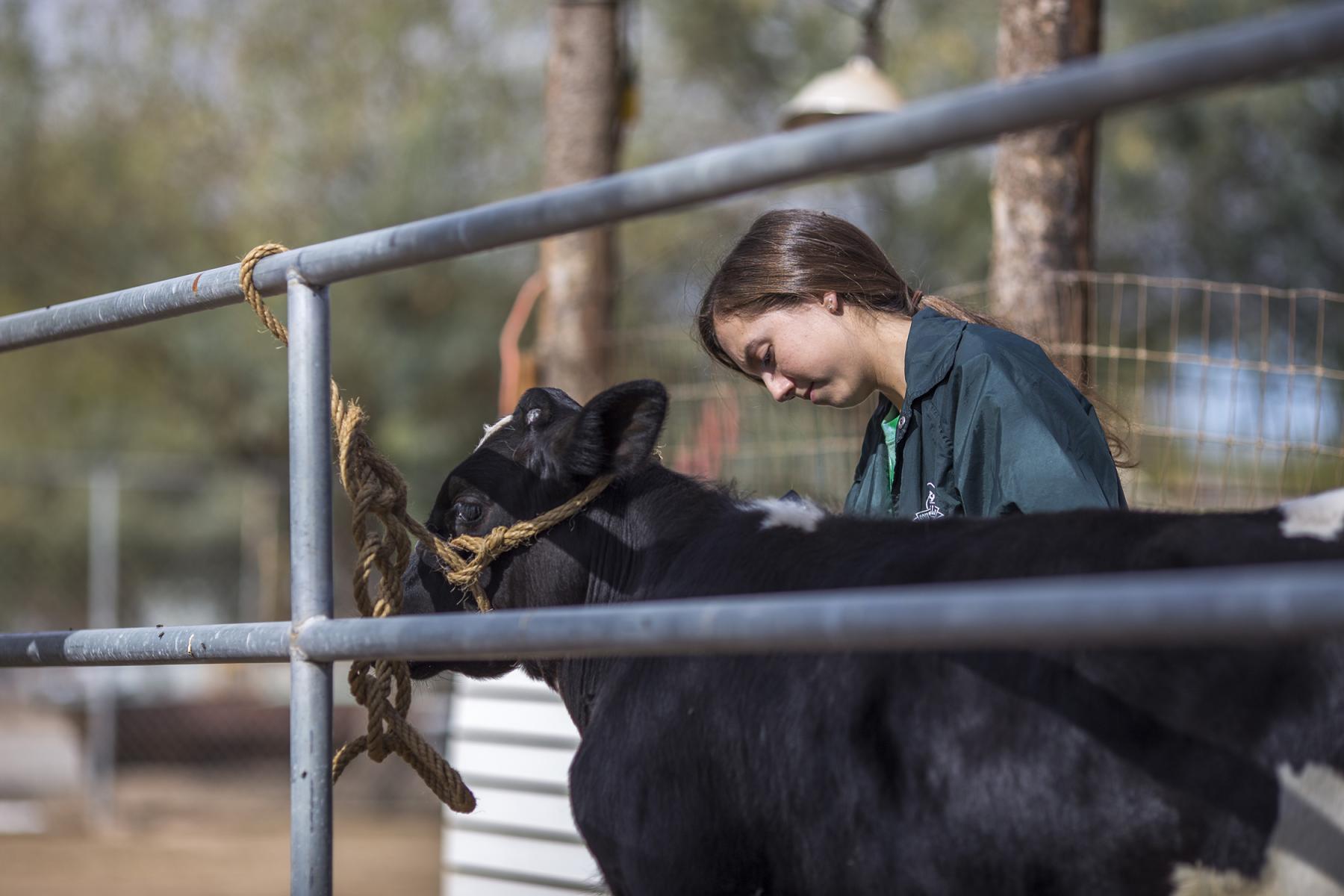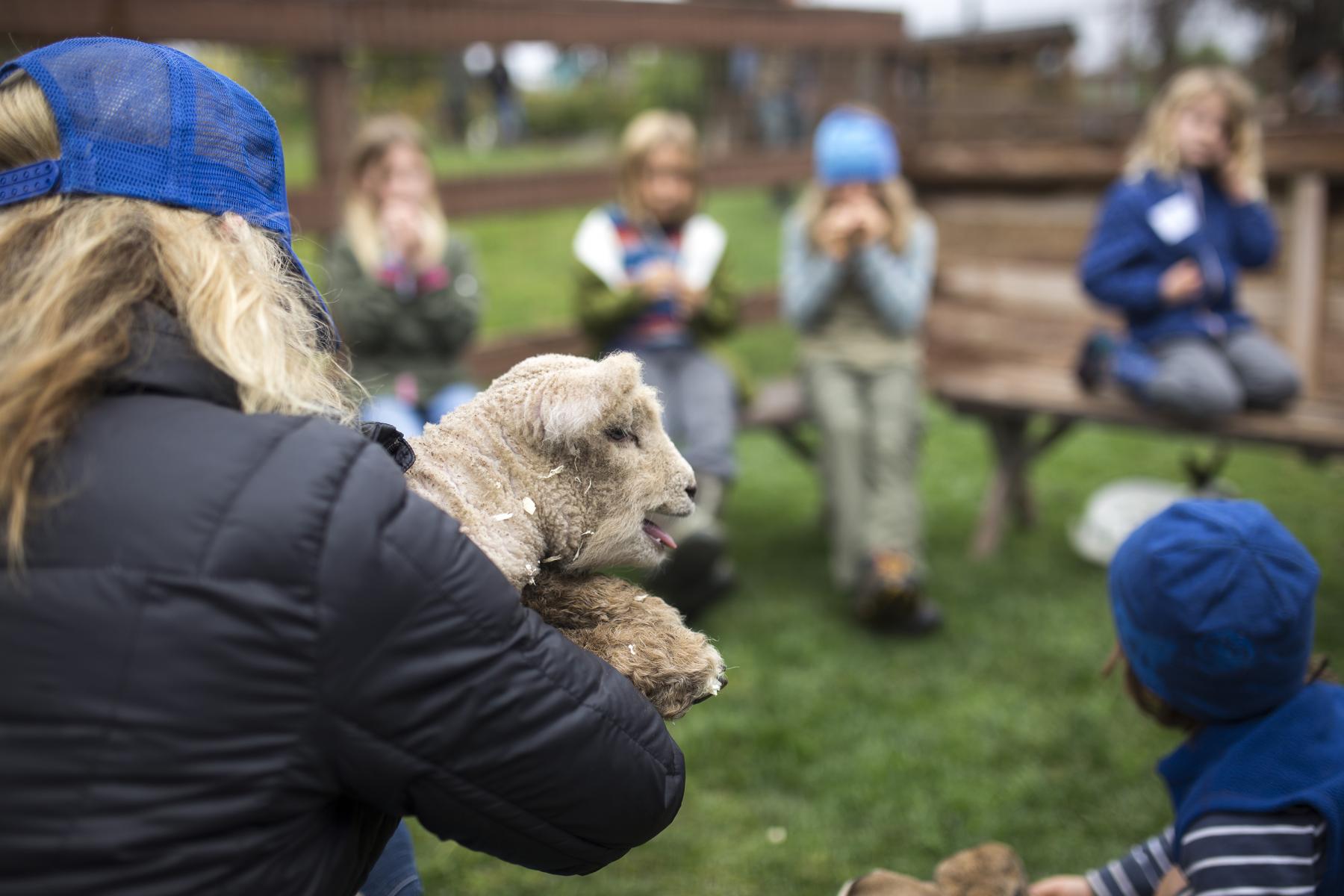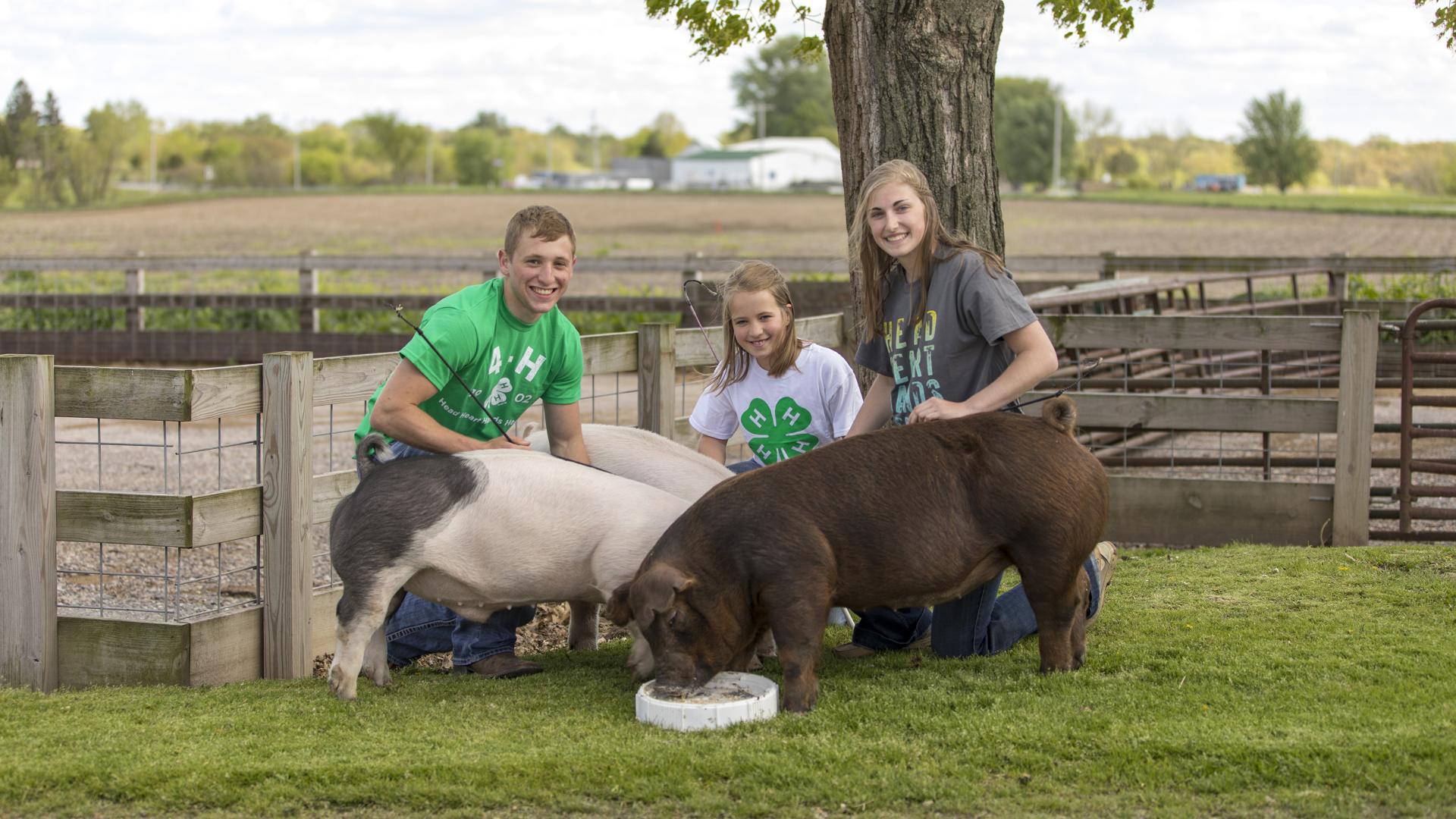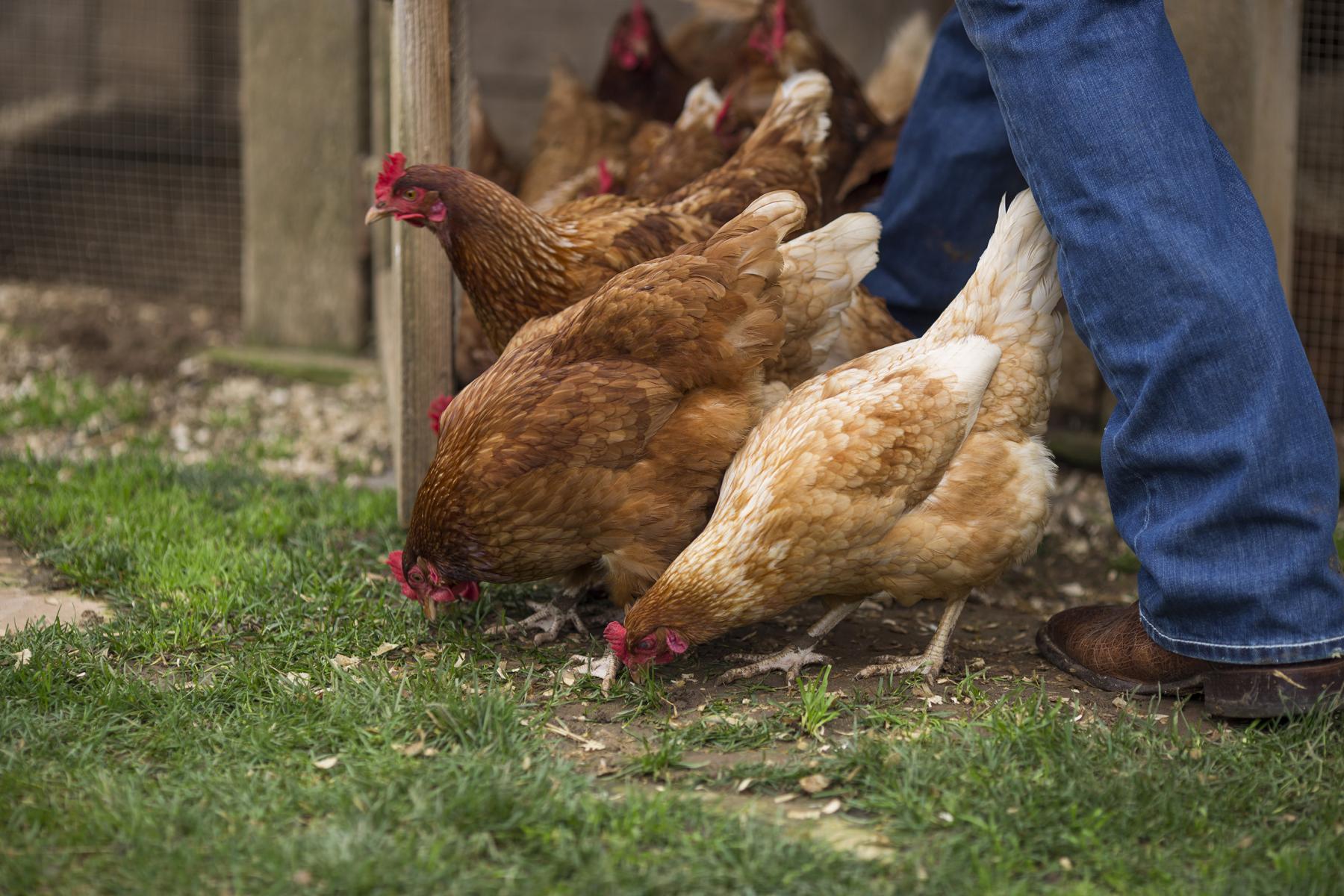The Nebraska 4-H Livestock Information Series is a resource for 4-H members, leaders, and parents to gain knowledge in various livestock-related topic areas. Each session, a new topic is covered with experts joining to share their experience and expertise. Extended learning opportunities and supporting documents are also available for each topic.
| Topic | Description | Video | Handout |
|---|---|---|---|
| Meat Science: How Much Meat Animals Provide |
This lesson uses a seeded watermelon as a demonstration to explain the process of how meat gets from the carcass to retail ready products. Throughout this lesson, students will learn how much edible product is provided from one market animal. This is the first lesson in the Meat Science curriculum series. It can be taught as part of the series or as an individual lesson. |
No video available |
|
| Meat Science: Everything but the Moo |
Around the world, beef is a featured part of the diet. But what happens to the portions of the animal that we don’t eat? This lesson teaches about byproducts of the meat industry and how livestock play a vital role in our lives, even outside of the meat they provide. This is the second lesson in the Meat Science curriculum series. It can be taught as part of the series or as an individual lesson. |
No video available |
|
| Meat Science: What's in a Label |
Everything you need to know about a meat product is contained within its label. This activity discusses the required portions of a food label and explains why they are important for food safety, quality, general health and consumer satisfaction. This is the third lesson in the Meat Science curriculum series. It can be taught as part of the series or as an individual lesson. |
No video available |
|
| Meat Science: Contaminated Cooking |
Food safety is imperative to keep in mind while the meat is processed, handled at the store and prepared within your home. This lesson teaches some basic food safety tips and focusses on the importance of using a meat thermometer. This is the fourth lesson in the Meat Science curriculum series. It can be taught as part of the series or as an individual lesson. |
No video available |
|
| Meat Science: Farm to Fork Careers |
The process of getting meat products from the farm to your fork is extensive and it takes a lot of people. Careers in the meat industry aren’t just focused in a packing plant, but can range from interacting with live animals to marketing the final product. This activity will make connections about how meat gets from the farm to the table and highlight various career opportunities within the industry. This is the fifth lesson in the Meat Science curriculum series. It can be taught as part of the series or as an individual lesson. |
No video available |
|
| Tattooing Livestock |
Tattoos are permanent identification and can also be utilized to maintain accurate parentage, health, and production records. Tags can fall out or be removed, but a well-done tattoo will remain readable for the lifetime of the animal. Tattoos can be used for beef, sheep, goats, swine, and rabbits. In the following resources, we will go through the equipment needed to tattoo livestock, as well as walk through the step-by-step process of tattooing a beef animal, as an example. |
||
| Beef Carcass Data |
Grading is often used in the meat industry to identify the value of beef carcasses. Quality grade gives an estimation of how palatable (tender, juicy, and flavourful) the final product is going to be. Yield grade estimates how many pounds of boneless, closely trimmed, retail cuts that animal will provide. These resources describes the difference between quality and yield grade and how they are deterimined. |
||
| Lamb Carcass Data | These resources share how to determine the quality of a lamb carcass as well as how to estimate how many pounds of boneless, closely trimmed, retail cuts each animal can provide. | ||
| Pork Carcass Data | Pork carcasses are distinguished by how much edible product they produce. The handout provides an estimate of how much meat you could expect from your market hog and the video explains how the carcass is evaluated. | ||
| Beef Products & Byproducts | Beef is a high-quality protein source. One beef animal can provide us with hundreds of pounds of meat, but did you know that meat is not the only thing that we can get from market animals? These resources will provide an idea of what kinds of products and byproducts we can get from a beef animal. |
No video available |
|
| Making a Marinade | Tenderness is one of the most important palatability traits when it comes to consuming beef. But how can we make tough steaks more tender? This resource describes how using a marinade or changing cooking methods can improve the taste of your meat products. Plus, recipes are included! |
For questions, please contact:






